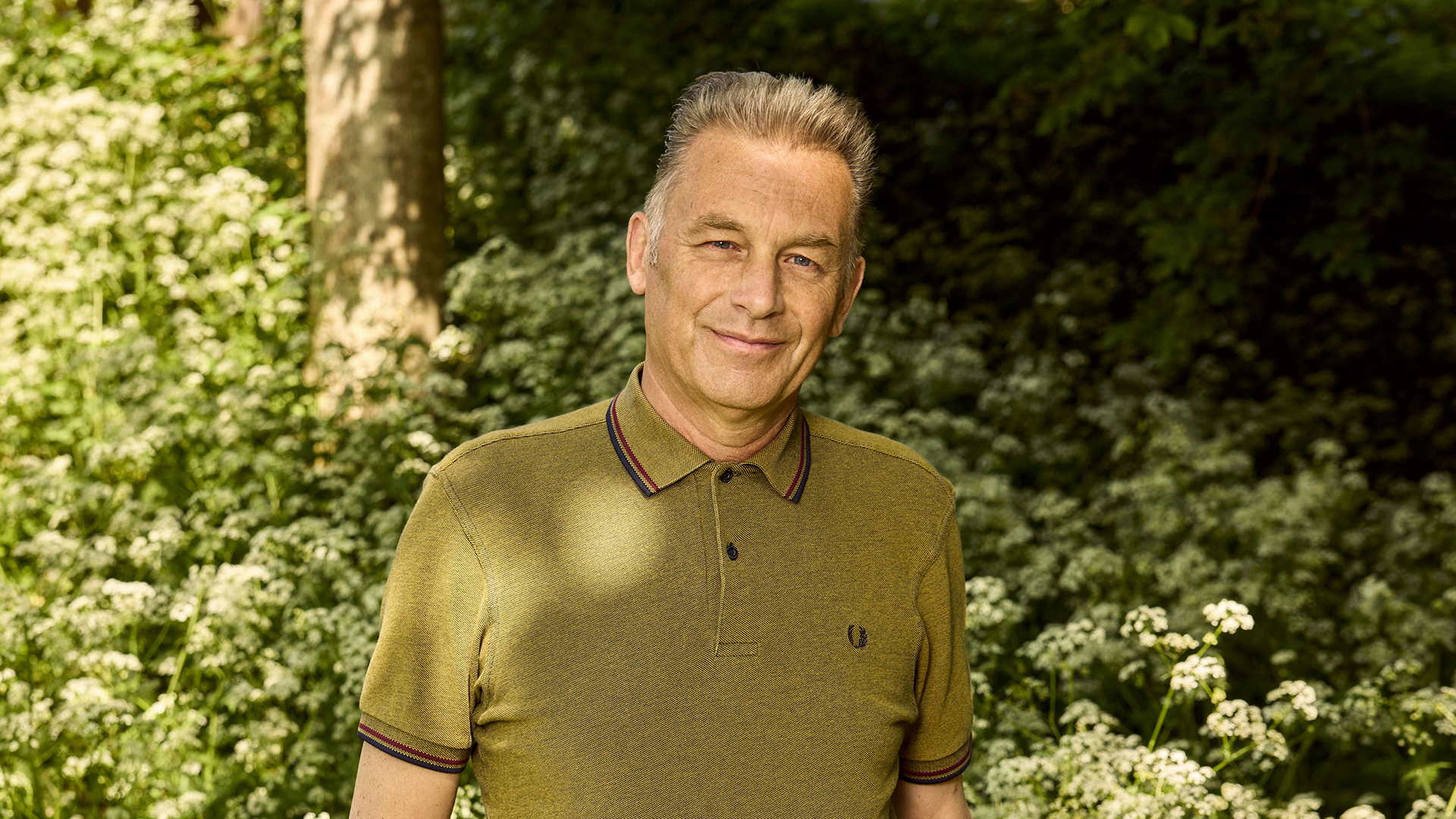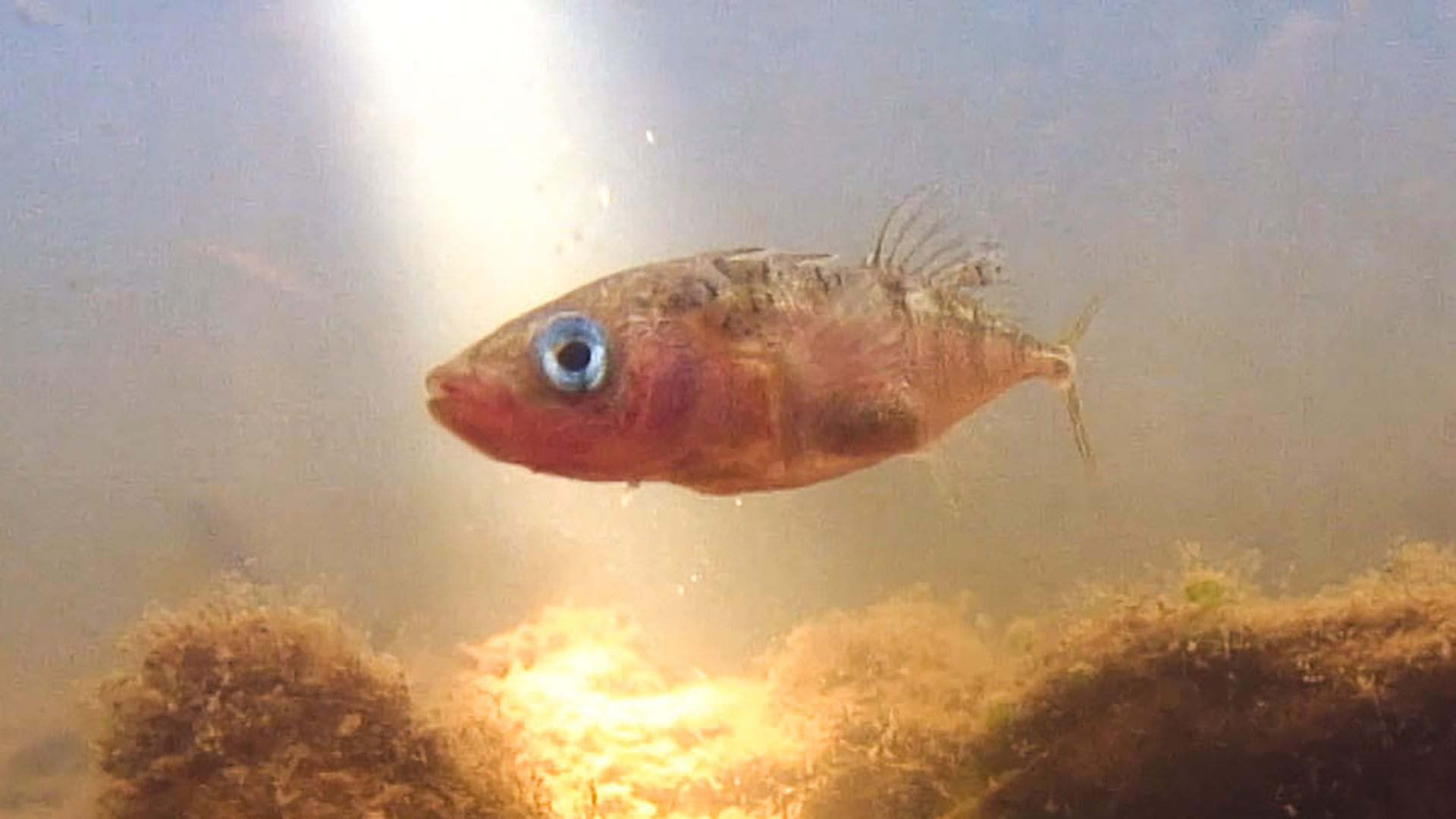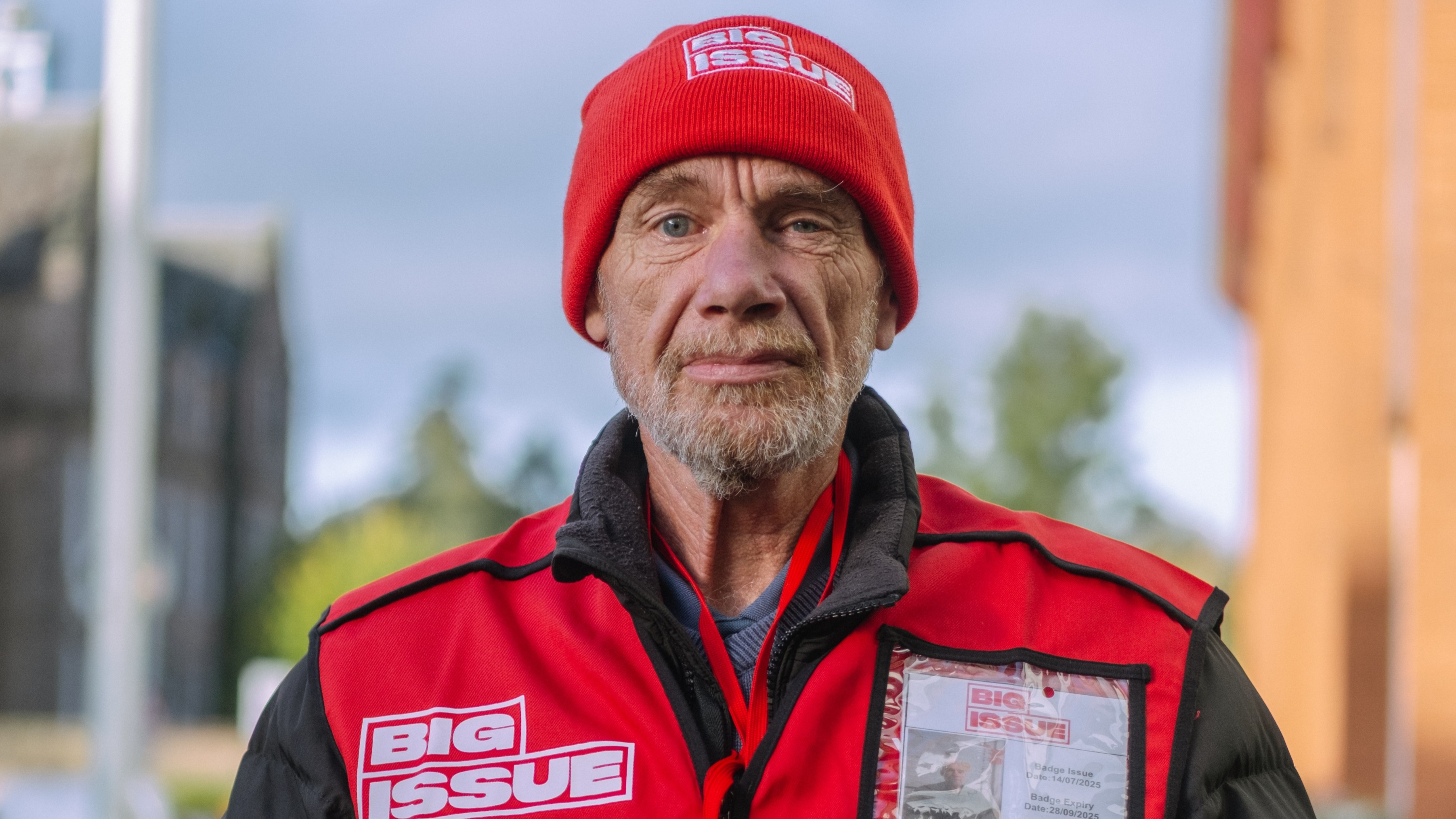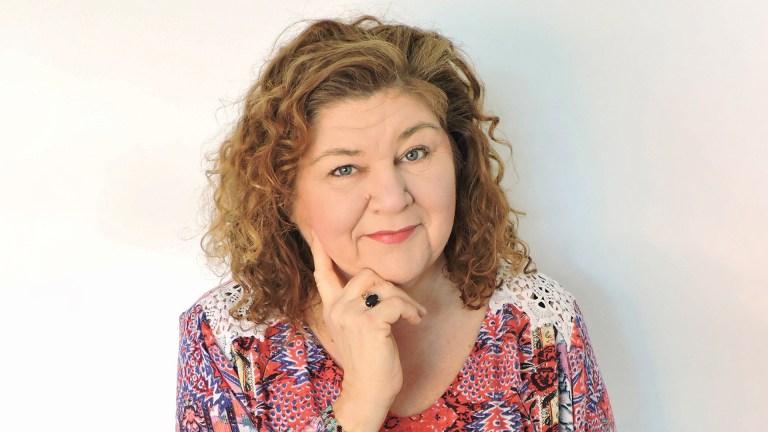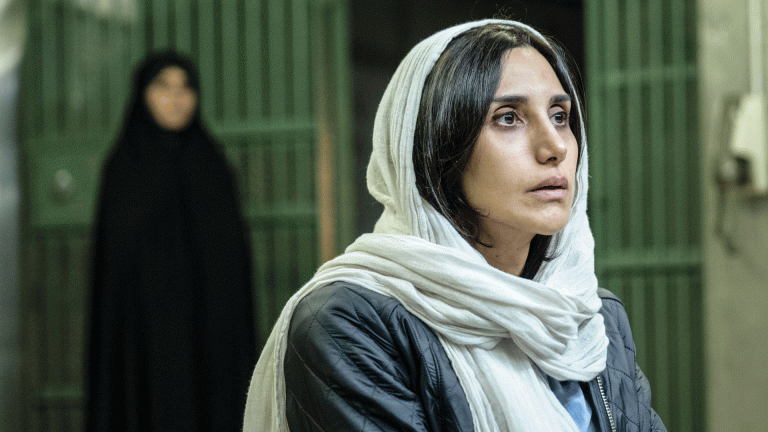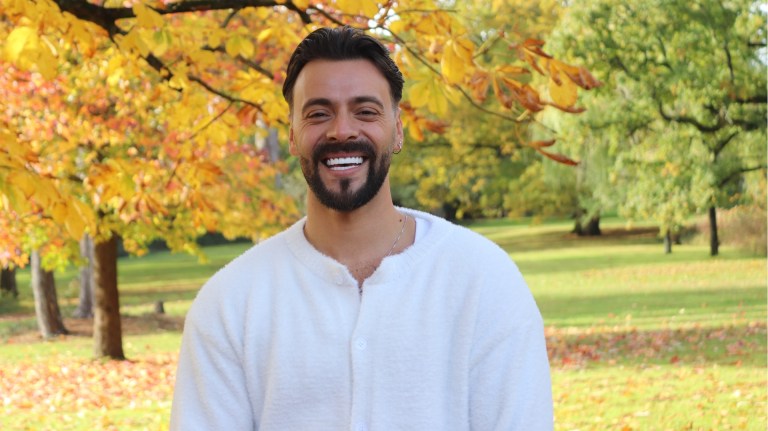After the first few days of tense excitement when we are wondering what we will find, what we can get on screen and we all stop checking the weather forecast every five minutes, the mood in the Springwatch camp settles into that of a joyful festival of wildlife. It’s like the Glastonbury of natural history TV. We have tents, we have a main stage, we have decent plant-based food, we are powered by green energy and occasionally we have mud. But our toilets are always much, much better!
This year is the 20th anniversary so we are even more excited. Everyone loves a milestone and there is plenty to celebrate in terms of how our programmes have evolved. We have all learned a lot on the job but the technological changes have driven enormous opportunities to bring people closer to the stars of the show. Our cameras are smaller, more reliable, sharper, cheaper, they can see in the dark, some don’t even need light – they are sensitive to a thermal signature.

And the ability to sensitively place them very close to the wildlife and monitor them 24 hours a day for three weeks means we get to see things we would never get to see twitching the curtains in a hide while peering through our steamed-up binoculars. As a consequence we are now learning a lot more, a lot more quickly, about the creatures we share our communities with.
And that’s another key ingredient to our line-up. We aren’t obsessed with celebrity, we don’t mind the Taylor Swifts or Sabrina Carpenters of the wildlife world – but if they don’t show up we don’t care. We are inclusive not exclusive, we never go anywhere where the viewers can’t follow in our footsteps and we focus on the ‘birds next door’.
Golden eagles are great – but blue tits are what connect us to our audience because they visit 92% of UK gardens in winter. And as all naturalists are nosy neighbours, we love finding out new stuff about the everyday species in our lives.
Get the latest news and insight into how the Big Issue magazine is made by signing up for the Inside Big Issue newsletter
